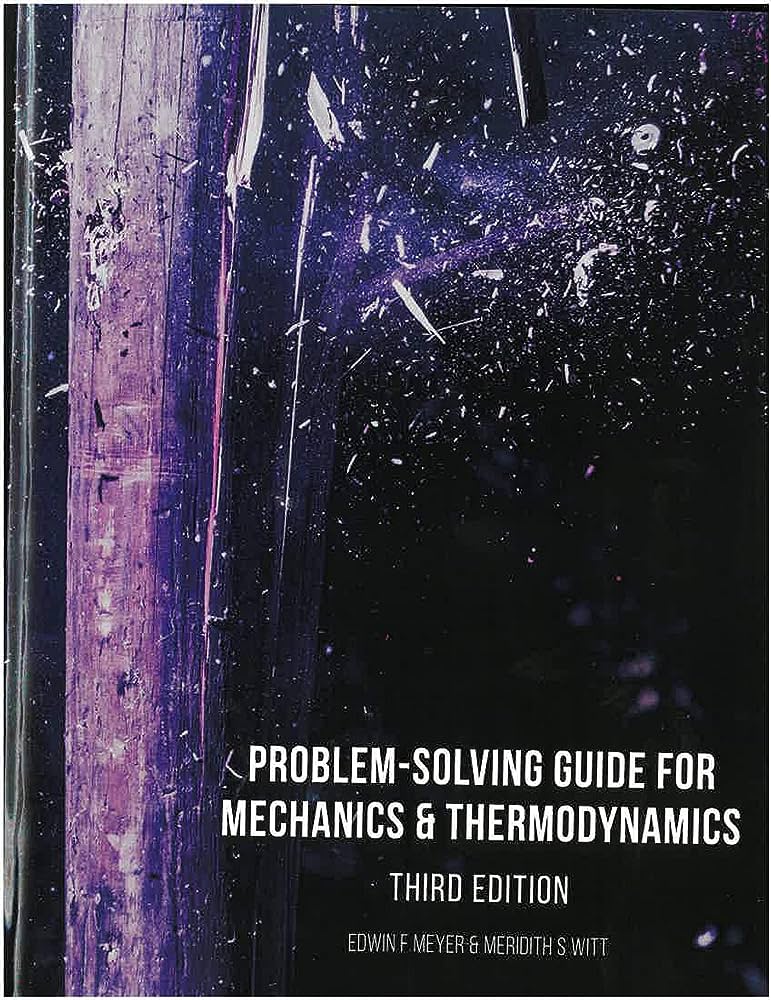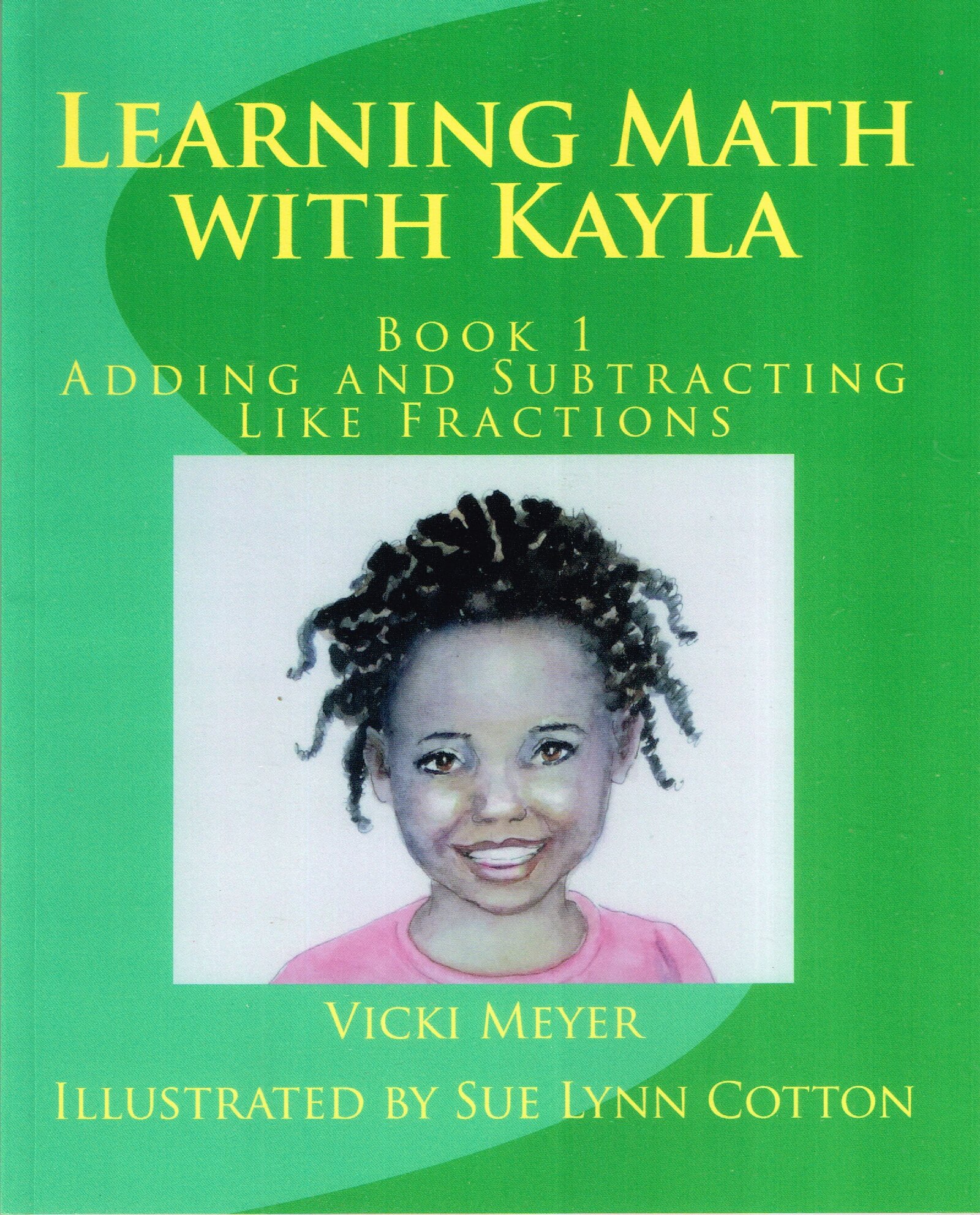Books
All books authored by Dr. Meyer and various expert co-authors, available for purchase on Amazon.
To view Sample Practice Exams from the books, click the expandable links:
The Gedanken Institute Book of Puzzles
Edwin F. Meyer & Joseph R. Luchsinger
This book contains a wide range of interesting puzzles that were part of the week-long Gedanken Institute for Problem Solving. Answers are included. It will provide numerous delightful intellectual challenges that can be worked on individually or as a team. For the inquisitive family interested in developing talent, it can provide hours of intense thought. Coauthored with Joseph Luchsinger.
[30] Using a cut divide the shape into two pieces of equal size and shape. Orientation can be changed.

Naked Physics - Thinking Problems for Everyday People.
Edwin F. Meyer
This book contains 64 multiple choice problems with complete answers. The questions involve phenomena such as, sitting in a hammock, riding on a rollercoaster, balancing a pool cue vertically, spilling your drink while taking a sharp turn in a car and filling a watering can with a garden hose. The answers are explained with words, not equations. A great companion for a long airplane flight or summer reading for a future scientist.
When a metal rod is heated, it gets longer and slightly thicker because the atoms in the metal vibrate with the larger amplitude. That is, the atoms simply get a little farther apart from each other, on the average. Scientists call this phenomenon “thermal expansion.” Is is the reason engineers include gaps in the railroad tracks and bridge decks – they have to leave space for thermal expansion and hot days. With that in mind, consider a metal disc with a hole in its center (like a washer). If the holed disc is heated does the hole
a) get smaller?
b) Stay the same size?
c) Get larger?

Problem Solving with Knights, Jokers, and Spies
Edwin F. Meyer
This book contains 150 logical challenges involving Knights, who never lie, Jokers, who never tell the truth, and Spies, who can say anything. Opportunities 1 – 140 all have three people – one knight, one joker and one spy. The challenge is to identify who is whom by what they say. Here is a sample problem from section two of the book.

Probably a Good Book - Probability for Everyday People
Edwin F. Meyer Coauthored with Samuel Schwab and Kaylee Yuhas
This book is a delightful companion for the high school or college student. It takes the reader by the hand on an exciting problem solving adventure. The subject of the problems is probability, but the main goal of the book is to develop the reader’s ability to successfully, confidently, and independently tackle challenging problems — a skill that finds applications everywhere. There is a long introduction section and five “Grand Challenge” problems with complete solutions. Also included are detailed appendices and monte Carlo simulations of the problems with the associated Python code. The book, which is the required text for the “Quantitative Problem Solving,” course at Baldwin Wallace University, stresses a mastery of the concepts and discourages plugging numbers into equations. Coauthored with Samuel Schwab and Kaylee Yuhas.

Problem Solving Guide for Mechanics and Thermodynamics
Edwin F. Meyer & Meridith Witt
This book is a terrific companion for student of mechanics and thermodynamics in AP high school physics and freshman physics. It is not designed as a compete textbook that contains historical development and the standard type of generic problems. The book is a guide to solving problems. It develops thinking skills with challenging problems that require a significant “take inventory” phase in which the student has to think about what is going on before actually trying to get the answer.
The book is designed to help both physics majors and non-physics majors fundamentally understand the concepts involved. The topics covered include one and two-dimensional motion, circular motion, work, energy, momentum, torque as well as thermodynamics.
Answers to the supplementary problems at the end of each module are here and video walk-throughs of the first two practice exams at the end of each module are given here. Now in its fourth edition. Coauthored with Professor Meridith Witt.
An arrow is shot at some initial velocity and some initial angle above the horizontal. After 4.00 seconds of flight, the arrow has a horizontal displacement of 60.0 meters and a vertical displacement of 20.0 meters.
a) How fast is the arrow traveling at t = 4.00 sec? Give your answer in m/sec to three significant digits.
b) What was the angle above the horizontal at which the arrow was shot? Give your answer to three significant digits.
Problem Solving Guide for Electromagnetism and Optics
Edwin F. Meyer & Meridith Witt
This workbook is designed for students of electromagnetism and optics in AP high school physics and freshman physics. It contains detailed examples designed to help both physics and non-physics majors fundamentally understand the concepts involved. The topics covered include electric and magnetic fields, circuits, voltage, currents, magnetic induction, mirrors and lenses and interference. The emphasis is understanding the principles involved rather than developing the ability to plug numbers into equations to get answers. There are 12 modules containing many, many problems with detailed solutions. Now in its third edition. Coauthored with Professor Meridith Witt.
(Problem 1 on Practice Exam 1 in Module 4)
Three capacitors are hooked up as shown. The values of the capacitors are 60.0 microfarads, 30.0 microfarads and 60.0 microfarads from left to right. When a battery is hooked up across AB, the center capacitor has a voltage of 4.00 volts across it.
a) What is the voltage of the battery?
b) If the breakdown voltage of each of the three capacitors is 50 volts, how much voltage can be placed across the entire circuit before one of the capacitors breaks down?

Problem Solving with Infinite Series
Edwin F. Meyer co-authored by Brandon E. Shipley
This is an advanced mathematics textbook for students who want to develop the skills to solve real-world problems with infinite series.
There are four chapters in the book. The first is an introduction to the basics of series. The second focuses on power series. The third covers a wide variety of industrial recycle systems that can be characterized with infinite series. The fourth chapter contains a raft of problems that challenge the reader’s fundamental understanding of the principles involved. The book is 144 pages and is co-authored by Dr. Brandon Shipley.
“After an initial reading, Meyer’s book has remained in my thoughts and I have come to appreciate its unique emphasis on problem solving in a more creative way, than many of the set-piece problems in most texts that is consistent its excellent job in fulfilling its educational agenda.” K. L. Kowalski, Emeritus Professor of Physics, Case Western Reserve University.

Guide to Teaching Puzzle-Based Learning
Edwin F Meyer Coauthored with Zbigniew Michalewicz, Nickolas Falkner and Raja Sooriamurthi.
This book provides insights drawn from the authors’ extensive experience in teaching Puzzle-Based Learning. Practical advice is provided for teachers and lecturers evaluating a range of different formats for varying class sizes. It presents an overview of effective teaching approaches used in Puzzle-Based Learning, covering a variety of class activities, assignment settings and assessment strategies. It also examines the issues involved in framing a problem, reviews a range of problem-solving strategies, and contains tips for teachers throughout the text. Coauthored with Zbigniew Michalewicz, Nickolas Falkner and Raja Sooriamurthi.
Learning With Kayla
Vicki Meyer
(As of November, 2021, Books 1 through 11 are available.) These books are intended to help kids improve their math skills and problem solving abilities. So here they are.
Book 1 – Adding and subtracting like fractions
Book 2 – Multiplying fractions
Book 3 – Learning multiplication facts
Book 4 – Place values and Multiplying large numbers
Book 5 – Adding and subtracting unlike fractions
Book 6 – Dividing fractions
Book 7 – Learning about improper and mixed fractions
Book 8 – Adding and subtracting large numbers
Book 9 – Solving long division problems
Book 10 – Working with decimals and percents
Book 11 – Learning about negative numbers
Book 12 – Problem solving!











